-
 bitcoin
bitcoin $118548.520763 USD
3.67% -
 ethereum
ethereum $4352.564943 USD
4.79% -
 xrp
xrp $2.964058 USD
4.22% -
 tether
tether $1.000565 USD
0.05% -
 bnb
bnb $1028.372955 USD
1.46% -
 solana
solana $221.373507 USD
6.00% -
 usd-coin
usd-coin $0.999933 USD
0.02% -
 dogecoin
dogecoin $0.248633 USD
6.85% -
 tron
tron $0.341444 USD
2.38% -
 cardano
cardano $0.852946 USD
5.82% -
 hyperliquid
hyperliquid $47.869306 USD
6.15% -
 chainlink
chainlink $22.561476 USD
6.01% -
 ethena-usde
ethena-usde $1.001258 USD
0.05% -
 avalanche
avalanche $30.660000 USD
2.06% -
 stellar
stellar $0.400917 USD
9.76%
How to use the chip distribution map to identify the main cost area and pressure support level?
The chip distribution map helps traders identify key price levels where tokens were bought, aiding in setting strategic entry and exit points for cryptocurrency trading.
Jun 09, 2025 at 11:00 pm
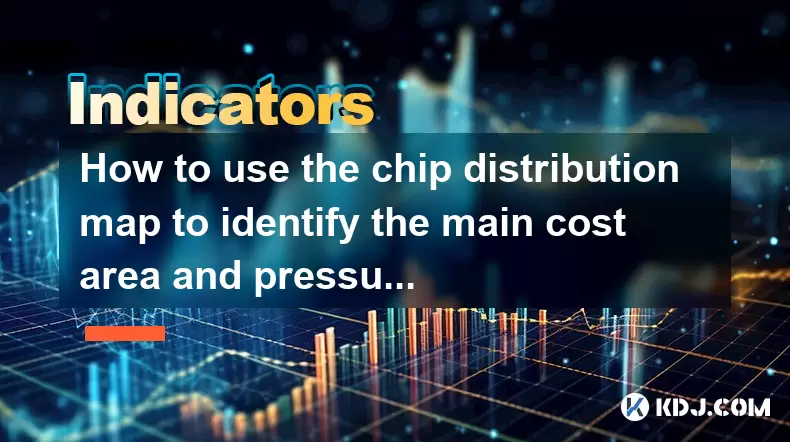
In the world of cryptocurrency trading, understanding the distribution of chips (or tokens) across various price levels is crucial for making informed decisions. The chip distribution map is a powerful tool that helps traders identify the main cost area and pressure support levels. By analyzing this map, traders can gain insights into where the majority of tokens were bought and where significant buying or selling pressure might occur. This article will delve into how to use the chip distribution map effectively to pinpoint these critical areas.
Understanding the Chip Distribution Map
The chip distribution map is a visual representation of the quantity of tokens held at different price levels. It shows how many tokens were purchased at each price point, providing a clear picture of the distribution of costs among investors. This map is essential for identifying the main cost area, which is the price level where the largest volume of tokens was bought, and the pressure support level, which indicates where significant buying or selling pressure might emerge.
Identifying the Main Cost Area
To identify the main cost area using the chip distribution map, follow these steps:
- Access the Chip Distribution Map: Begin by accessing the chip distribution map on your preferred trading platform. Most reputable platforms offer this tool in their analysis section.
- Analyze the Peaks: Look for the highest peak on the map. This peak represents the price level where the most tokens were purchased. This is your main cost area.
- Consider the Volume: Pay attention to the volume of tokens at this peak. A higher volume indicates stronger support or resistance at this price level.
- Confirm with Historical Data: Cross-reference the main cost area with historical price data to confirm its significance. If the price has historically bounced off this level, it reinforces its importance.
Identifying Pressure Support Levels
Pressure support levels are critical points where significant buying or selling pressure may occur. To identify these levels, follow these steps:
- Identify Multiple Peaks: Besides the main cost area, look for other significant peaks on the chip distribution map. These represent other levels where a considerable number of tokens were bought.
- Assess the Density: Evaluate the density of tokens at these peaks. Higher densities suggest stronger potential support or resistance.
- Combine with Market Trends: Consider current market trends and sentiment. If the market is bullish, lower pressure support levels might be more relevant, while in a bearish market, higher levels may come into play.
- Use Technical Indicators: Combine the chip distribution map with technical indicators like moving averages or RSI to validate the identified pressure support levels.
Applying the Chip Distribution Map in Trading
Once you have identified the main cost area and pressure support levels using the chip distribution map, you can apply this knowledge to your trading strategy:
- Entry and Exit Points: Use the main cost area as a reference for setting entry and exit points. If the price approaches this level, it might be a good time to enter or exit a position, depending on your analysis.
- Stop-Loss and Take-Profit Levels: Set stop-loss orders just below the main cost area to protect your investment. Similarly, set take-profit levels near identified pressure support levels to capitalize on potential price movements.
- Position Sizing: Adjust your position size based on the strength of the main cost area and pressure support levels. Stronger levels might warrant larger positions, while weaker levels suggest more conservative sizing.
Integrating with Other Analysis Tools
While the chip distribution map is a powerful tool on its own, integrating it with other analysis tools can enhance its effectiveness:
- Volume Profile: Combine the chip distribution map with a volume profile to get a more comprehensive view of where the most trading activity occurs. This can help confirm the main cost area and pressure support levels.
- Order Book Data: Analyze the order book to see where large buy or sell orders are placed. This can provide additional insights into potential pressure support levels.
- Sentiment Analysis: Use sentiment analysis tools to gauge market sentiment. Positive sentiment might reinforce the strength of identified support levels, while negative sentiment could indicate potential breakdowns.
Practical Example: Using the Chip Distribution Map
Let's walk through a practical example to illustrate how to use the chip distribution map to identify the main cost area and pressure support levels:
- Access the Map: Open the trading platform and navigate to the chip distribution map for the cryptocurrency you are analyzing, such as Bitcoin.
- Identify the Main Cost Area: On the map, you notice a significant peak at $30,000, indicating that a large volume of Bitcoin was bought at this price. This is your main cost area.
- Identify Pressure Support Levels: You observe another peak at $25,000, suggesting a secondary level where many tokens were bought. This could be a pressure support level.
- Analyze the Volume: The volume at $30,000 is significantly higher than at other levels, reinforcing its importance as the main cost area.
- Confirm with Historical Data: You check historical data and find that the price has bounced off $30,000 multiple times, confirming its role as a strong support level.
- Apply to Trading: Based on this analysis, you decide to set a buy order near $30,000, anticipating a bounce. You set a stop-loss just below $25,000, the identified pressure support level, to protect your investment.
Frequently Asked Questions
Q: Can the chip distribution map be used for all cryptocurrencies?A: Yes, the chip distribution map can be used for any cryptocurrency that has sufficient trading volume and data. However, the accuracy and usefulness of the map may vary depending on the liquidity and market depth of the cryptocurrency.
Q: How often should I update my analysis using the chip distribution map?A: It's recommended to update your analysis using the chip distribution map regularly, especially during significant price movements or when new market data becomes available. Daily or weekly updates can help you stay informed about changes in the main cost area and pressure support levels.
Q: Are there any limitations to using the chip distribution map?A: Yes, the chip distribution map has some limitations. It relies on historical data and may not account for sudden market shifts or external factors that can influence price movements. Additionally, the accuracy of the map depends on the quality and completeness of the data provided by the trading platform.
Q: Can the chip distribution map be used in conjunction with other trading strategies?A: Absolutely. The chip distribution map can be integrated with various trading strategies, such as trend following, mean reversion, or momentum trading. By combining the insights from the chip distribution map with other strategies, traders can enhance their decision-making process and improve their overall trading performance.
Disclaimer:info@kdj.com
The information provided is not trading advice. kdj.com does not assume any responsibility for any investments made based on the information provided in this article. Cryptocurrencies are highly volatile and it is highly recommended that you invest with caution after thorough research!
If you believe that the content used on this website infringes your copyright, please contact us immediately (info@kdj.com) and we will delete it promptly.
- BlockDAG, DOGE, HYPE Sponsorship: Crypto Trends Shaping 2025
- 2025-10-01 00:25:13
- Deutsche Börse and Circle: A StableCoin Adoption Powerhouse in Europe
- 2025-10-01 00:25:13
- BlockDAG's Presale Buzz: Is It the Crypto to Watch in October 2025?
- 2025-10-01 00:30:13
- Bitcoin, Crypto, and IQ: When Genius Meets Digital Gold?
- 2025-10-01 00:30:13
- Stablecoins, American Innovation, and Wallet Tokens: The Next Frontier
- 2025-10-01 00:35:12
- NBU, Coins, and Crypto in Ukraine: A New Yorker's Take
- 2025-10-01 00:45:14
Related knowledge
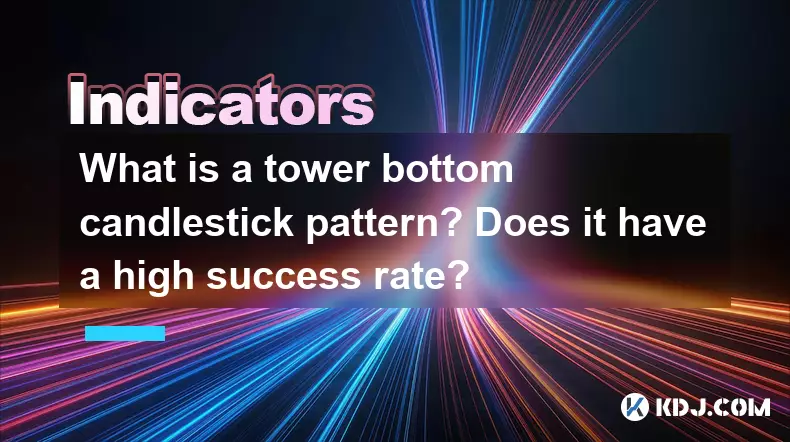
What is a tower bottom candlestick pattern? Does it have a high success rate?
Sep 22,2025 at 07:18am
Tower Bottom Candlestick Pattern Explained1. The tower bottom candlestick pattern is a reversal formation that typically appears at the end of a downt...
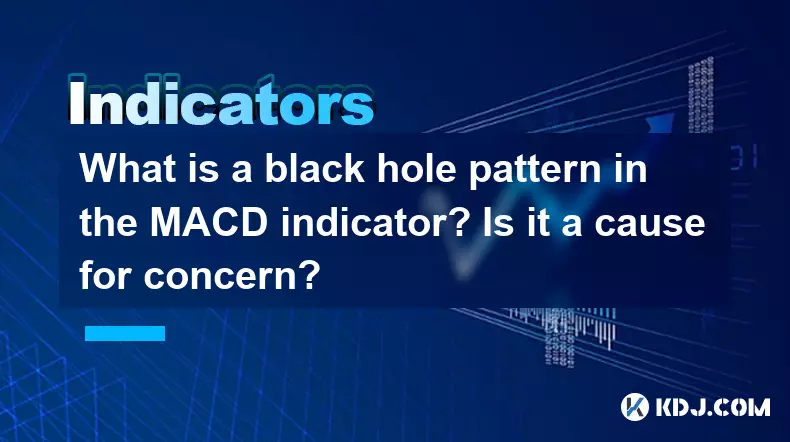
What is a black hole pattern in the MACD indicator? Is it a cause for concern?
Sep 21,2025 at 06:54pm
Bitcoin's Role in Decentralized Finance1. Bitcoin remains the cornerstone of decentralized finance, serving as a benchmark for value and security acro...

How can I use the psychological line (PSY) to determine market sentiment?
Sep 17,2025 at 02:19pm
Understanding the Psychological Line (PSY) in Cryptocurrency TradingThe Psychological Line, commonly referred to as PSY, is a momentum oscillator used...
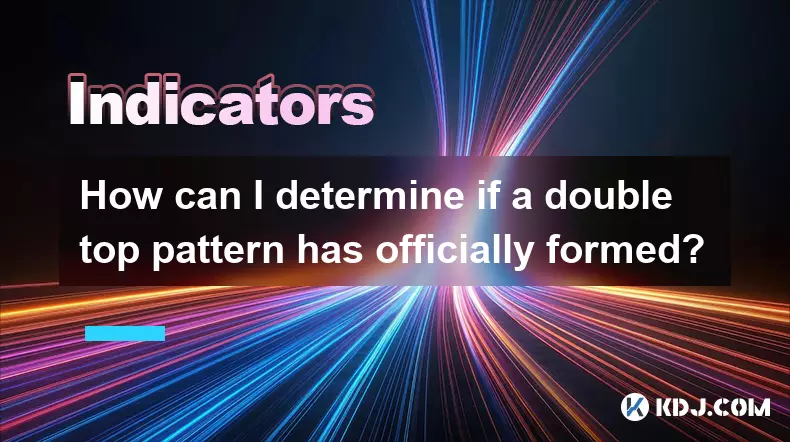
How can I determine if a double top pattern has officially formed?
Sep 21,2025 at 03:18am
Understanding the Structure of a Double Top Pattern1. A double top pattern consists of two distinct peaks that reach approximately the same price leve...
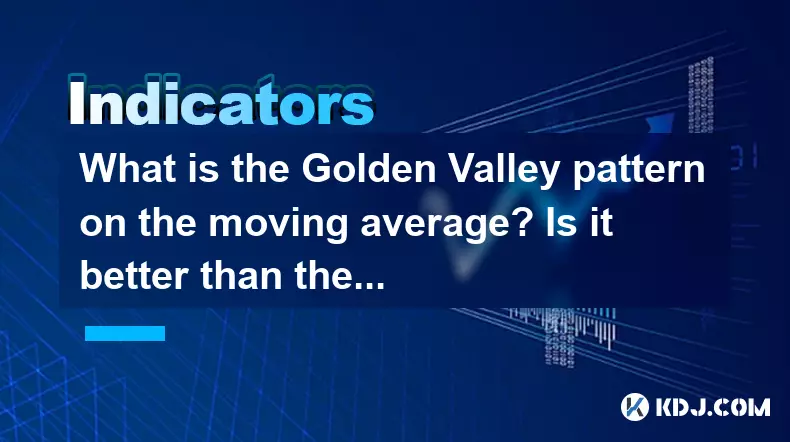
What is the Golden Valley pattern on the moving average? Is it better than the Silver Valley pattern?
Sep 21,2025 at 02:54pm
Understanding the Golden Valley Pattern in Moving Averages1. The Golden Valley pattern is a technical formation observed in cryptocurrency price chart...

What does a death cross of the RSI in the strong zone (above 50) mean?
Sep 17,2025 at 10:54pm
Understanding the Death Cross in RSI Context1. The term 'death cross' is traditionally associated with moving averages, where a short-term average cro...

What is a tower bottom candlestick pattern? Does it have a high success rate?
Sep 22,2025 at 07:18am
Tower Bottom Candlestick Pattern Explained1. The tower bottom candlestick pattern is a reversal formation that typically appears at the end of a downt...

What is a black hole pattern in the MACD indicator? Is it a cause for concern?
Sep 21,2025 at 06:54pm
Bitcoin's Role in Decentralized Finance1. Bitcoin remains the cornerstone of decentralized finance, serving as a benchmark for value and security acro...

How can I use the psychological line (PSY) to determine market sentiment?
Sep 17,2025 at 02:19pm
Understanding the Psychological Line (PSY) in Cryptocurrency TradingThe Psychological Line, commonly referred to as PSY, is a momentum oscillator used...

How can I determine if a double top pattern has officially formed?
Sep 21,2025 at 03:18am
Understanding the Structure of a Double Top Pattern1. A double top pattern consists of two distinct peaks that reach approximately the same price leve...

What is the Golden Valley pattern on the moving average? Is it better than the Silver Valley pattern?
Sep 21,2025 at 02:54pm
Understanding the Golden Valley Pattern in Moving Averages1. The Golden Valley pattern is a technical formation observed in cryptocurrency price chart...

What does a death cross of the RSI in the strong zone (above 50) mean?
Sep 17,2025 at 10:54pm
Understanding the Death Cross in RSI Context1. The term 'death cross' is traditionally associated with moving averages, where a short-term average cro...
See all articles










































































